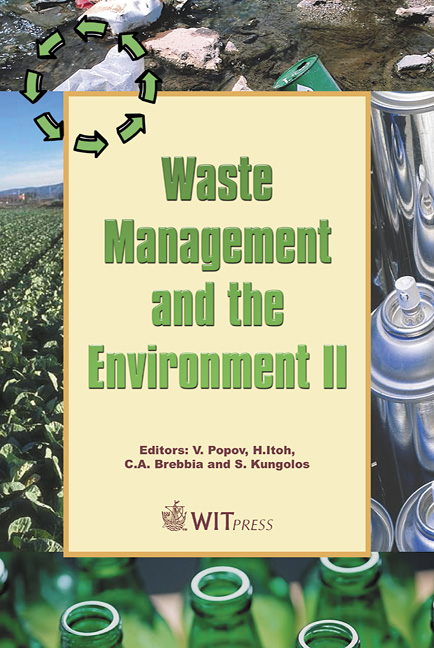Reducing Risk Of Exposure From Hazardous Waste Repositories
Price
Free (open access)
Transaction
Volume
78
Pages
10
Published
2004
Size
1,185 kb
Paper DOI
10.2495/WM040141
Copyright
WIT Press
Author(s)
D. Kaliampakos, A. Mavropoulos & D. Damigos
Abstract
Europe is one of the largest chemical-producing regions in the world, supplying 38% of the global turnover. The EU member countries generate about 36 million tones of hazardous waste per year and, if current trends and policies continue, there could be a growth of 30% to 50% in chemicals output for most of the EU countries by 2010. The result is a respective increase in the demand for hazardous waste management and/or disposal sites. An interesting solution is the utilization of abandoned underground mines as hazardous waste repositories. This solution is currently under study by the \“Low Risk Disposal Technology” research project, funded by the EU Commission. The project aims to investigate the current use of abandoned mines for hazardous waste disposal and the prerequisites for using this alternative, in order to protect human health and the environment by reducing the mobility of the hazardous pollutants. 1 Introduction Hazardous waste generation poses one of the most serious environmental problems in Europe. The European Environmental Agency member countries generate about 36 million tones of hazardous waste per year. Little is known about the toxicities, eco-toxicities or risks from most of these substances. Human and ecosystem exposure depends upon the dispersion pattern of chemicals, which is determined by their physico-chemical properties, the respective release mode, the environmental medium into which they are first released, their
Keywords





